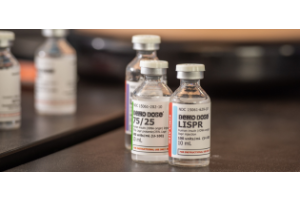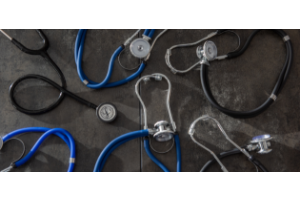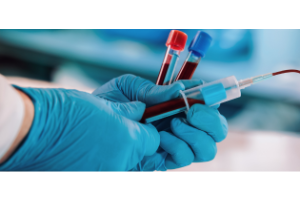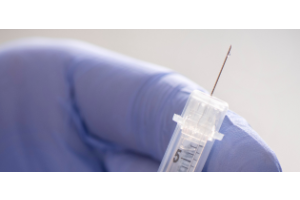Diagnostic Equipment
-
- May 22, 2025 1
What is the role of the thermometer in healthcare simulation?
In healthcare simulation, the thermometer plays a crucial role in enhancing realism and enabling learners to practice clinical decision making based on vital signs. Its key roles include:
- Simulating Vital Signs: A thermometer allows learners to measure and interpret body temperature, which is an essential component of a patient’s vital signs.
- Supporting Scenario Fidelity: Including realistic temperature data helps create more believable clinical scenarios, improving the authenticity and educational value of the simulation.
- Teaching Clinical Skills: Learners practice proper technique for temperature measurement (oral, tympanic, rectal, axillary, or temporal), which is critical in real-life patient assessments.
- Triggering Clinical Decisions: Abnormal temperatures (e.g., fever, hypothermia) can prompt learners to consider and manage potential underlying conditions such as infection or sepsis.
- Evaluating Learner Response:
-
- May 18, 2025 8
What types of stethoscopes are commonly used in healthcare simulation?
In healthcare simulation, several types of stethoscopes are commonly used, depending on the level of realism and interactivity required. Here are the main types:
- Standard Acoustic Stethoscopes
- These are the same as those used in clinical settings.
- Used mainly for basic auscultation practice on manikins or standardized participants (SPs).
- Examples: Pocket Nurse® single-head or dual-head stethoscopes, Sprague stethoscopes, and more
- Electronic or Digital Stethoscopes
- Amplify sound and often allow for recording and playback.
- Useful in simulations requiring auscultation of subtle or abnormal sounds.
- Examples: Cardionics E-Scope II and Hearing-Impaired E-Scope
- Simulated (Bluetooth/Wi-Fi Enabled) Stethoscopes
- Paired with high-fidelity manikins or simulation software.
- Learners hear programmed heart, lung, or bowel sounds via the device.
- Example: Cardionics SimScope®
- Augmented Reality (AR) or Smart Stethoscopes
- Integrated with
- Standard Acoustic Stethoscopes








Validate your login
Log In
Create New Account